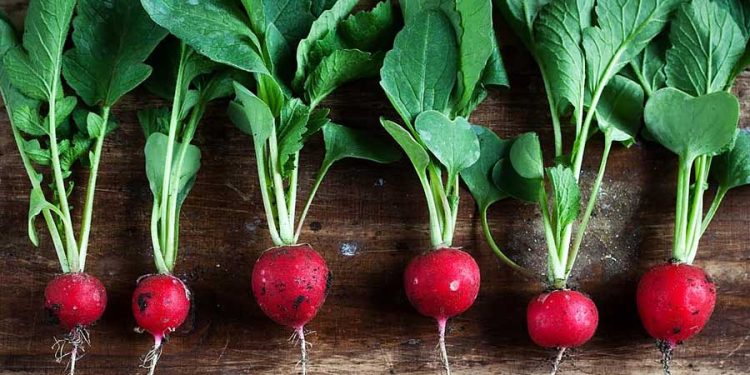Radish (Raphanus sativus) is a popular and easy-to-grow vegetable that is widely cultivated around the world. With its crisp texture and tangy flavor, it is a versatile ingredient that can be used in salads, sandwiches, and as a side dish. In this article, we will explore the nutritional benefits of radish, its cultivation practices, and its potential impact on your farm.
Radish is an excellent source of vitamins and minerals, including vitamin C, potassium, and folate. It is also a good source of fiber, which can help improve digestive health. According to the USDA, one cup of sliced radish (116 g) contains just 19 calories, making it a low-calorie food that can be a part of a healthy diet.
Radish is a hardy and fast-growing crop that can be planted in both the spring and fall. It is relatively easy to grow and requires minimal care, making it a good option for both small and large farms. Radish can be grown in a variety of soil types, but it grows best in loose, well-draining soil that is rich in organic matter. It is important to keep the soil consistently moist, but not waterlogged.
In terms of potential impact on your farm, radish can serve as a cover crop to improve soil health and prevent erosion. It can also be used as a trap crop to help manage pests like root maggots and flea beetles. Additionally, since radish is a fast-growing crop, it can help maximize the use of land and potentially increase yields.
In conclusion, radish is a nutritious and easy-to-grow vegetable that can provide a variety of benefits for your farm. Its high nutritional content, fast growth, and versatility make it a great choice for any farmer or gardener looking to add a new crop to their rotation.
#radish #vegetables #farming #nutrition #soilhealth #covercrop #trapcrop #smallfarms #largefarms










